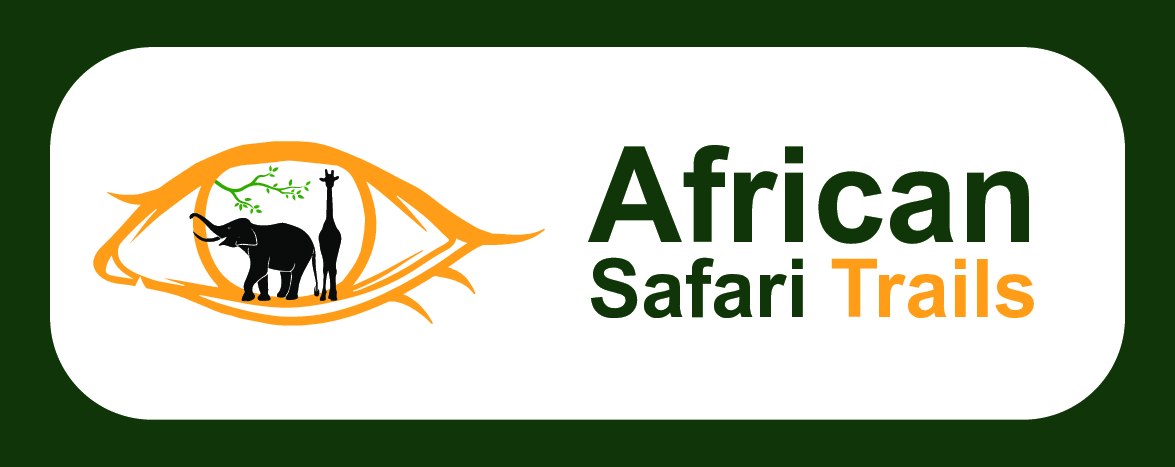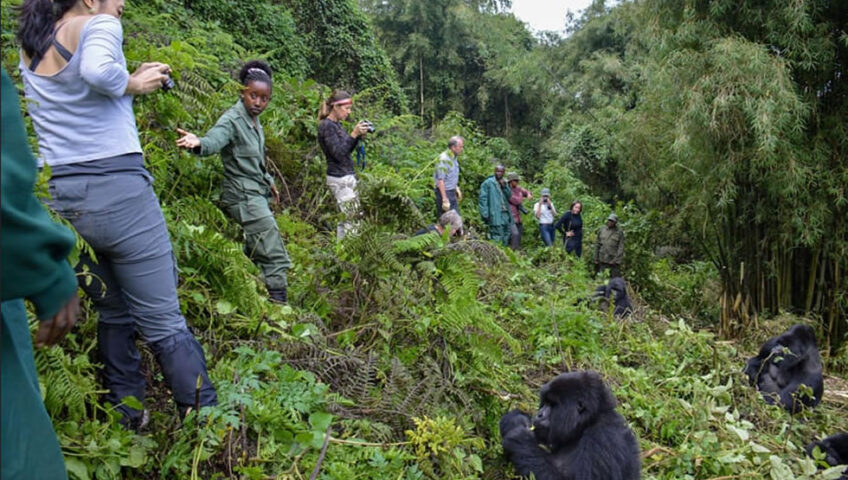Gorilla trekking is one of the most transformative wildlife encounters a traveler can experience. There’s nothing quite like standing a few meters away from a massive silverback or watching a baby gorilla cling to its mother in the depths of a misty forest. However, before setting off into the jungles of Uganda, Rwanda, or the Democratic Republic of Congo, it’s essential to be well-prepared to make your trek enjoyable, safe, and successful.
There are only three countries in the world where mountain gorilla trekking is possible: Uganda, Rwanda, and the Democratic Republic of Congo. Uganda hosts gorilla families in Bwindi Impenetrable National Park and Mgahinga Gorilla National Park. Rwanda offers trekking in Volcanoes National Park, known for its luxury options and shorter hiking routes. The DRC provides access to gorillas in Virunga National Park, which is ideal for adventurous travelers looking for a more rugged experience.
To trek, a gorilla permit is required and must be secured in advance. In Uganda, the permit currently costs $800 for foreign non-residents, while Rwanda’s permit costs $1,500 and the DRC’s ranges around $400 to $500. Because permits are limited and high in demand, especially during peak travel seasons between June and September or from December to February, it’s highly recommended to book several months in advance through a registered tour operator
Gorilla trekking requires a reasonable level of physical fitness. The hikes can be long and demanding, often taking between one and eight hours depending on where the gorillas are located that day. Trails can be steep, muddy, or densely vegetated. That said, you don’t need to be an athlete—just be prepared for uneven terrain and varied weather conditions. If needed, you can arrange for a porter to help carry your backpack and assist during tough sections of the trail. For those with mobility limitations, sedan chairs are sometimes available.
Packing appropriately can make or break your trek. Essential items include sturdy hiking boots with good grip, long-sleeved clothing to protect from vegetation and insects, a lightweight rain jacket, gloves for grabbing vines and branches, and a hat for sun protection. Don’t forget insect repellent and sunscreen. You should carry plenty of drinking water, some snacks for energy, and a camera—but remember, no flash photography is allowed.
Once you reach the gorilla family, there are specific rules to follow. Always maintain a distance of at least seven meters from the gorillas. Do not attempt to touch them, even if they come close. Keep your voice low, move slowly, and avoid direct eye contact with silverbacks, as this can be perceived as a challenge. If you are sick, particularly with a cold or flu, you may not be allowed to trek due to the risk of transmitting diseases to the gorillas. Visitors are granted a maximum of one hour with the gorillas to minimize stress and disturbance.
Hiring a local porter is not only helpful but also contributes to the local economy. Porters often come from communities near the parks, and the income supports their families and discourages poaching. Many trekkers later say that hiring a porter was one of the best decisions they made.
The best time to go gorilla trekking is during the dry seasons, which occur from June to September and December to February. These months offer more stable weather and easier hiking conditions, although gorilla sightings are excellent throughout the year. During the rainy season, the trails become slippery and more challenging, but there tend to be fewer tourists, making for a more private experience.
Each gorilla family has its own personality, social structure, and territory. Some groups are large with lots of infants, while others are led by older, calmer silverbacks. The park staff will usually assign visitors to families based on availability and hiking difficulty, but with advance planning, tour operators can often make requests for certain groups.
Health and safety are also important considerations. Travelers should be vaccinated against yellow fever if required, and malaria prophylaxis is highly recommended. Bring any medications you may need, and ensure your travel insurance covers trekking activities, which are considered adventure travel in many policies.
In addition to the trek itself, travelers often get the chance to visit nearby villages or engage in cultural experiences. These moments offer insight into the people who share the gorillas’ habitat and help support conservation through sustainable tourism. Supporting local crafts, respecting customs, and learning from community guides all contribute to a more holistic and respectful visit.

